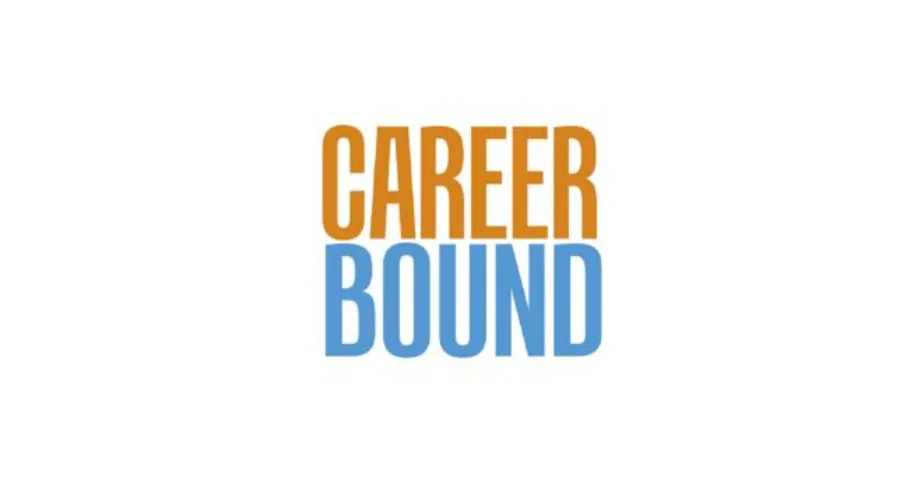CareerBound, a significant new occupational skills training and career preparation initiative for young people in Baltimore, was recently launched. This initiative, which aims to help thousands of participants build skills and move into family-supporting careers over the next several years, was made possible by the collaborative effort of more than 150 community leaders from government, nonprofits, universities, corporations, philanthropy, and youth leaders. Their presence at the formal introduction on May 15 was a testament to the broad partnership supporting the initiative. CareerBound’s lead partners, Baltimore’s Promise, Baltimore City Public Schools, and the Mayor’s Office of Employment Development (MOED), are key contributors to this collective effort.
CareerBound, a transformative initiative, was developed to offer young people in Baltimore new training and career opportunities. It opens new paths to jobs in high-growth industries for urban school students and graduates who may not be interested in pursuing a traditional four-year college immediately after high school. The initiative, which is expected to serve 8,300 young people by 2030, represents a significant increase in job skills and job training opportunities in the city. It builds on the success of the Grads2Careers programme, which launched in 2018, and a partnership between Baltimore’s Promise, City Schools, and MOED.
The platform will consist of five main components or elements to meet the needs of young people in Baltimore:
- School-based youth apprenticeships that connect Baltimore students with careers in health care, construction, information technology and other popular paths.
- Grads2Careers job skills training is available for graduates who do not plan to enter full-time study within the next year, preparing them for career paths in high-growth industries.
- Academic acceleration that includes educational support and life skills development for rising ninth-grade students after graduation – to help young people develop the skills they need to thrive in an appropriate career path.
- A graduate pathway that enables Grads2Careers graduates on specific pathways to gain additional, stackable workplace qualifications to increase their earning potential.
- Coordinated resources, including comprehensive supports – such as mental health, transportation and child care assistance – to address barriers to learning and success.
According to a 2009 graduate research by the Baltimore Education Research Consortium, 26% of these students had no connection to the workforce or to further education the fall after graduation. That same population only made an average annual salary of $11,000 six years after graduation.


